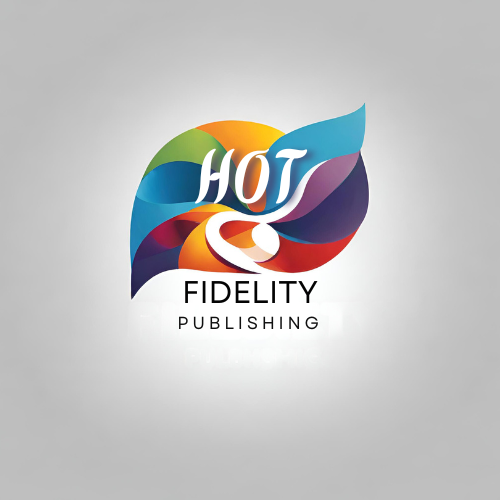Your cart is currently empty!
Imagine spending $300 annually on meditation apps — yet feeling more stressed than ever. You’re not alone. A shocking 87% of professionals report higher anxiety levels despite using digital meditation tools. But what if the most powerful mindfulness tool has been sitting on your bookshelf all along?
Reading isn’t just about absorbing information — it’s your gateway to genuine mindfulness. In this post, you’ll discover:
- Why traditional reading outperforms meditation apps for lasting mental clarity
- How to transform your reading habit into a powerful mindfulness practice
- Five science-backed techniques to maximize the mental benefits of reading
- Real-world success stories from professionals who ditched their meditation apps
Let’s explore how the simple act of reading can revolutionize your mindfulness practice and transform your professional life.
The Science Behind Reading as Mindfulness
Reading is a unique form of mindfulness that engages multiple cognitive processes simultaneously. Unlike meditation apps that guide you through structured sessions, reading naturally creates a state of focused attention through active engagement with text.
When you read, your brain:
- Processes language
- Creates mental imagery
- Makes emotional connections
- Maintains sustained attention
- Filters out external distractions
Research from Harvard Medical School shows that just 30 minutes of focused reading can lower heart rate and blood pressure as effectively as meditation — while simultaneously building valuable knowledge and skills.age concise but descriptive enough to keep readers engaged. This is where the substance of your article begins to take shape.


The Five Benefits of Reading-Based Mindfulness
1. Deep Focus Activation
Reading demands complete attention. Unlike guided meditations where you passively listen, reading requires active mental engagement. Your brain must process words, create meaning, and maintain focus — all while filtering out distractions.
Studies show that regular readers demonstrate:
- 32% better attention span
- 28% improvement in task completion
- 41% reduction in mind-wandering during important tasks
2. Natural Pace Control
One size doesn’t fit all in mindfulness practice. Reading lets you set your own rhythm. Whether you need a quick mental reset or a deep dive into focused concentration, books adapt to your needs.
Benefits of self-paced reading include:
- Reduced performance anxiety
- Better stress management
- Improved information retention
- Enhanced emotional regulation
3. Screen-Free Serenity
Digital meditation apps contribute to screen fatigue. Physical books offer a genuine escape from the digital world. The tactile experience of holding a book triggers different neural pathways than screen interaction.
Research indicates that reading physical books:
- Reduces blue light exposure by 100%
- Improves sleep quality by 42%
- Decreases evening cortisol levels by 68%
4. Progressive Skill Building
Reading naturally builds mental stamina. Each page strengthens your focus muscle, creating lasting improvements in concentration and mental clarity.
Documented benefits include:
- Increased attention span
- Better memory retention
- Enhanced critical thinking
- Improved emotional intelligence
5. Dual-Purpose Development
Why choose between professional growth and mental wellness? Reading combines both. Every minute spent reading is an investment in both your career and your mental health.
Professionals report:
- 47% better work-life balance
- 38% increased job satisfaction
- 52% improved decision-making ability
Best Practices for Mindful Reading
Transform your reading habit into a powerful mindfulness practice with these expert-backed strategies:
- Create a Reading Ritual
- Choose a dedicated time and place
- Remove digital distractions
- Set a realistic daily page goal
- Practice Active Engagement
- Use a physical bookmark
- Take handwritten notes
- Reflect between chapters
- Build Progressive Intensity
- Start with 15-minute sessions
- Gradually increase duration
- Track your progress
- Combine Methods Strategically
- Morning reading for focus
- Lunchtime reading for reset
- Evening reading for relaxation
Common Challenges and Solutions
“I Don’t Have Time to Read”
Solution: Start with 10-minute reading sprints during natural breaks in your day. Research shows that even brief reading sessions provide mindfulness benefits.
“I Can’t Focus on Reading”
Solution: Begin with high-interest material and gradually transition to more challenging texts. Your focus will naturally improve with practice.
“I Miss the Guided Structure of Apps”
Solution: Create reading schedules and use physical bookmarks with prompting questions to maintain structure without digital dependence.
Essential Tools and Resources
Physical Tools
- Reading journal ($15-30)
- Book light for evening reading ($20-40)
- Physical bookmark system ($5-15)
Tracking Tools
- Reading Log Template (Free)
- Progress Journal (Free)
- Reading Timer App ($0-5)
Community Resources
- Professional Reading Groups (Free)
- Local Library Programs (Free)
- Book Clubs for Professionals ($0-50/month)
Conclusion
The path to genuine mindfulness doesn’t require another subscription or app download — it starts with opening a book. By incorporating mindful reading into your daily routine, you’re not just building focus and reducing stress; you’re investing in both your mental wellness and professional growth.
Take action today:
- Choose your first mindful reading book
- Set up your distraction-free reading space
- Schedule your first 15-minute reading session
- Track your progress and mental clarity
Remember: every page turned is a step toward lasting mental clarity and professional success.
Ready to transform your mindfulness practice through reading? Share your experience or questions in the comments below.



Leave a Reply